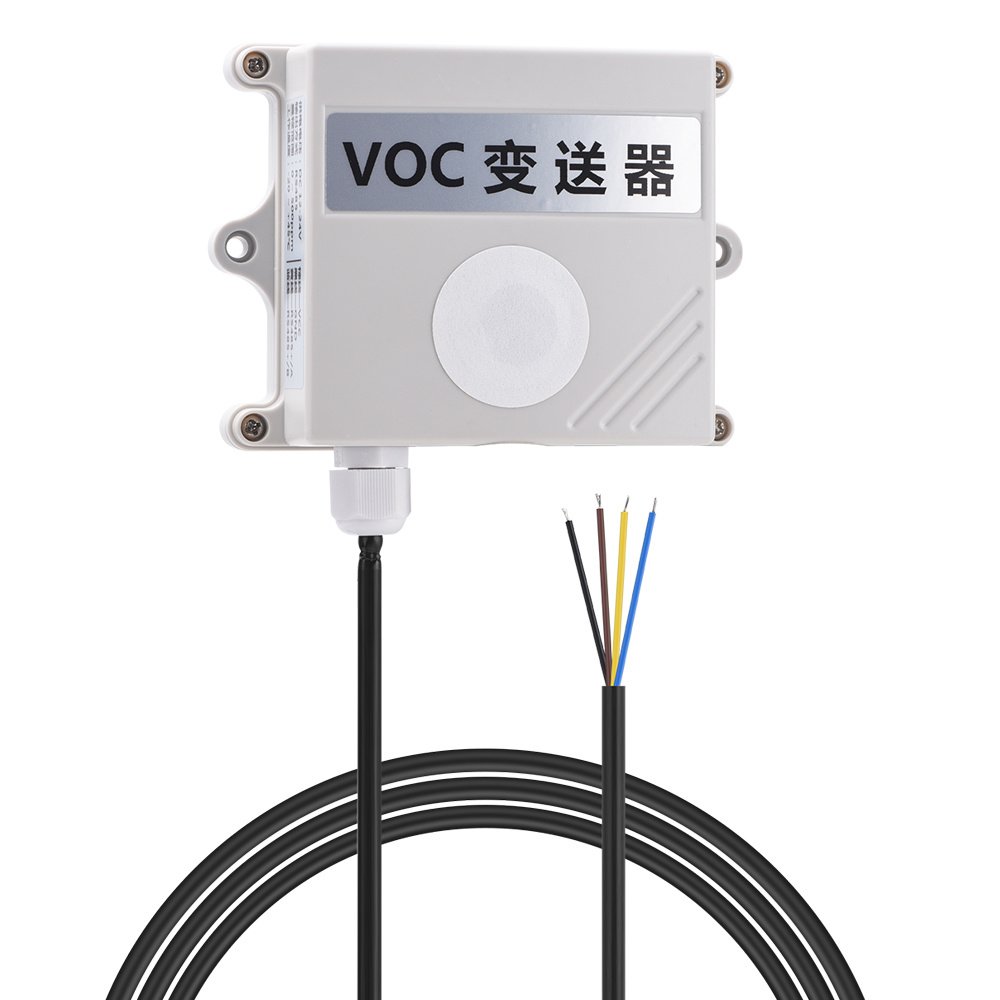Volatile Organic Compounds, also called VOCs are a group of carbon-based chemicals that can easily become vapors or gases. They are emitted from various sources, including cleaning products, paints, and even our breath. While not all volatile organic compounds transmitter are harmful, some can have adverse health effects when present in indoor air. However, volatile organic compounds transmitter is vital for detecting harmful gases.
Introducing the VOC Transmitter
VOC transmitters are designed to measure the concentration of volatile organic compounds sensor in the air. They play a crucial role in indoor air quality monitoring, ensuring that the air we breathe is safe and free from harmful pollutants.
The principle behind VOC transmitters is both elegant and sophisticated. At their core, they employ sensors that can detect and quantify the presence of volatile organic compounds meter in the air. These sensors are often based on metal oxide technology or photo-ionization.
Metal Oxide Sensors: Metal oxide sensors operate by detecting changes in the electrical conductivity of a metal oxide material when it comes into contact with VOCs. As VOCs interact with the sensor, they cause variations in its conductivity, which can be precisely measured to determine VOC concentration.
Photo-Ionization Sensors: On the other hand, photo-ionization sensors work by exposing the air sample to ultraviolet light. Multiple gas detectors in the sample absorb the UV light, resulting in the emission of electrons. By measuring the current generated by these emitted electrons, the sensor can determine the VOC concentration.
How does a VOC transmitter convert these sensor measurements into meaningful data?
The process typically involves a microcontroller or microprocessor that processes the sensor data. The microcontroller runs algorithms to convert the electrical signals from the sensor into concentration values, often measured in parts per million (ppm) or parts per billion (ppb).
Additionally, VOC transmitters may include a display to provide real-time feedback on VOC levels. Some advanced models can even connect to data logging systems or the internet for remote monitoring.

Benefits and Applications
VOC transmitters serve a multitude of purposes. They are widely used in environments where monitoring indoor air quality is critical, such as:
Commercial Buildings: Offices, schools, and hospitals benefit from VOC transmitters to ensure a healthy indoor environment for occupants.
Industrial Facilities: In industrial settings, VOC transmitters help mitigate the risks associated with exposure to harmful VOCs and maintain worker safety.
Residential Use: Smart home systems often incorporate VOC monitoring to enhance the comfort and well-being of homeowners.
Environmental Monitoring: VOC transmitters are also used outdoors for monitoring air quality and emissions in the environment.
In conclusion, VOC transmitters are ingenious devices that help us maintain safe and healthy indoor environments. Their ability to detect and measure VOCs provides valuable insights into air quality. If you are looking for VOC products, please feel free to contact us!

